Green Office Space in New York City
Find the right property, avoid hidden costs, and negotiate favorable terms.
Find the right property, avoid hidden costs, and negotiate favorable terms.
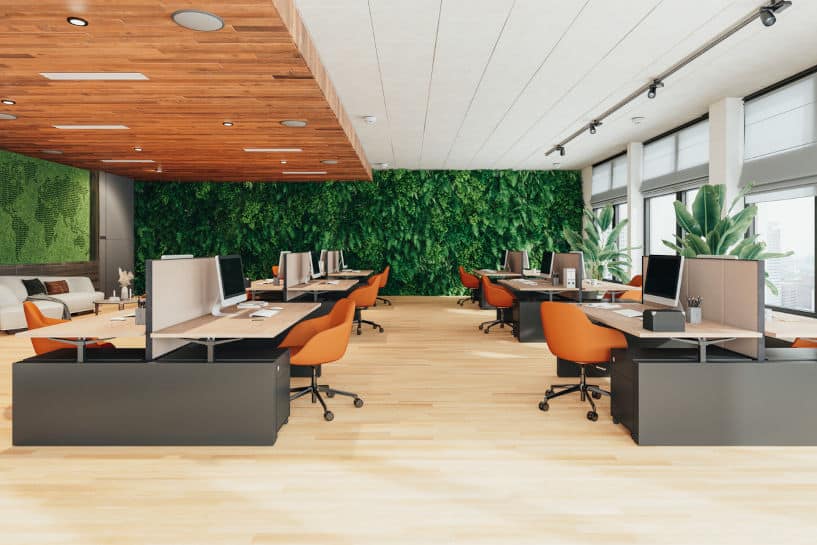
Looking for office space in Manhattan? Perhaps the time is now to think about going green. Eco-friendly offices in the city are more than just a trend; they’re a smart choice for businesses that care about their environmental impact. Imagine working in a space that’s both environmentally conscious and chic. These spaces come with energy-saving features and sustainable materials, which are not only good for the planet but also great for your team’s well-being. Plus, with sustainable initiatives gaining steam, it’s a solid way to show your clients and employees that you’re serious about doing your part for the environment. So, why not explore leasing a green space in Manhattan? It’s a decision that makes sense for your business, your people, and the planet. Here’s what you should know.
When considering leasing green office space, there are several key features and benefits to look out for. These elements not only contribute to a healthier work environment but also align with broader environmental sustainability goals. Here are five important aspects to consider:
Additionally, consider if the office space is LEED certified by the US Green Building Council. This certification ensures adherence to established standards in energy efficiency, material use, air quality, and water savings. However, an office doesn’t necessarily need this certification to be considered green.
Leasing green office space in New York City, while aligning with environmental sustainability goals, comes with its own set of unique challenges. Here are five key challenges specific to leasing green space:
Leasing green space in New York City is a big step in your path to sustainability. Still, you should be aware of some key considerations first:
Since 2004, our team has represented hundreds of tenants and helped them lease green space. Contact us at (212) 444-2241 for any questions.
Local Law 97, part of the Climate Mobilization Act in NYC, sets carbon emission limits for buildings over 25,000 square feet. When leasing green space, tenants should know that landlords have incentives to improve building efficiency to avoid penalties. This law means tenants may benefit from more energy-efficient spaces and potential cost savings but should also be aware of ongoing improvements and retrofitting activities in the building.
In NYC, LEED and ENERGY STAR are prominent certifications for green buildings. LEED-certified buildings meet high environmental standards in design and operation. At the same time, ENERGY STAR-rated buildings are known for superior energy performance. Tenants should look for these certifications as they often indicate a higher building quality and commitment to sustainability.
Absolutely. Leasing green space in NYC can significantly contribute to a company’s CSR objectives by reducing its carbon footprint, improving energy efficiency, and promoting employee wellness. These actions align with global sustainability goals and can enhance the company’s reputation as environmentally responsible.
Green office spaces often have better air quality, natural lighting, and thermal comfort. These benefits can lead to increased employee productivity and reduced absenteeism. Additionally, these spaces sometimes offer amenities like green terraces or wellness areas, contributing to a healthier and more stimulating work environment.
Compared to other major cities, NYC’s green space market is often more competitive. It can command a premium due to high demand and limited supply. However, the city offers more mature and diverse green space options, from historic buildings with sustainable retrofits to cutting-edge new constructions. This diversity gives potential tenants various choices to fit multiple budgets and company cultures.
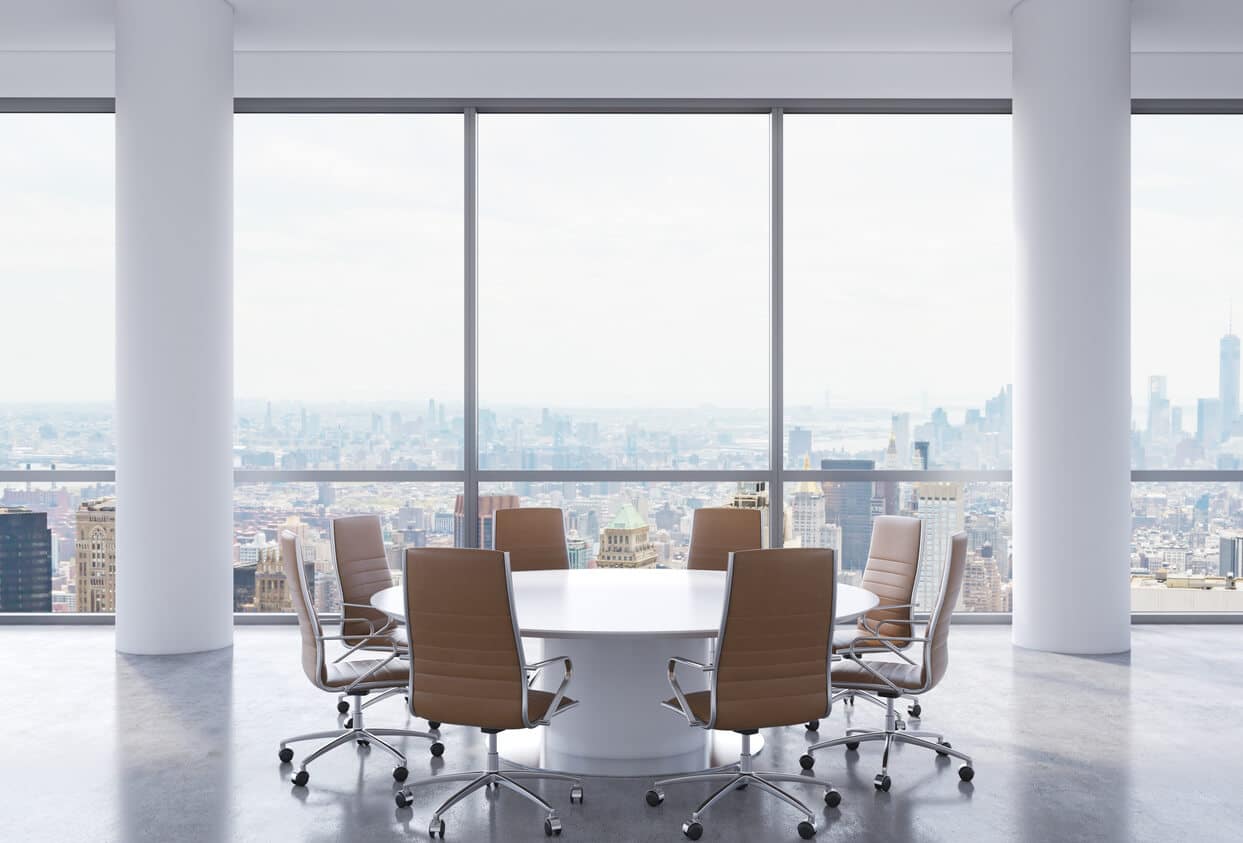


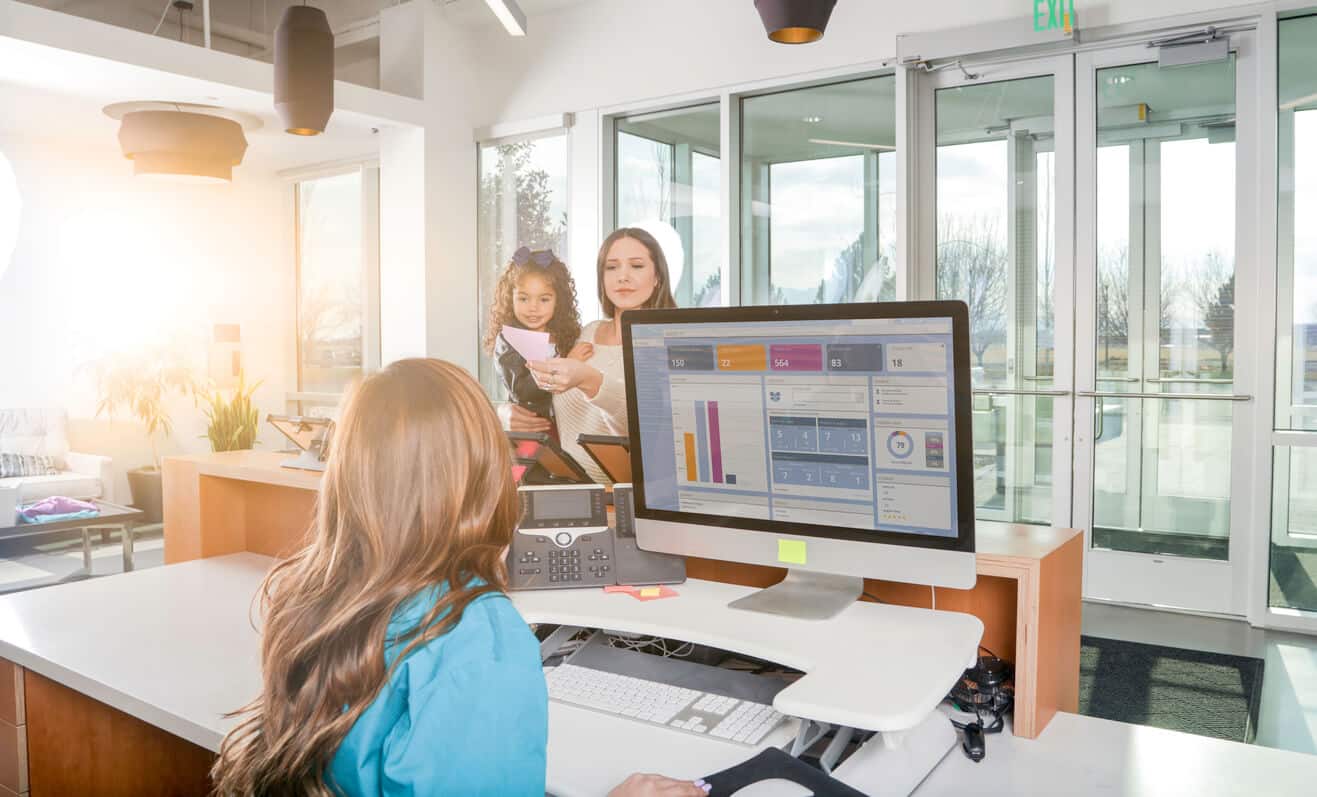



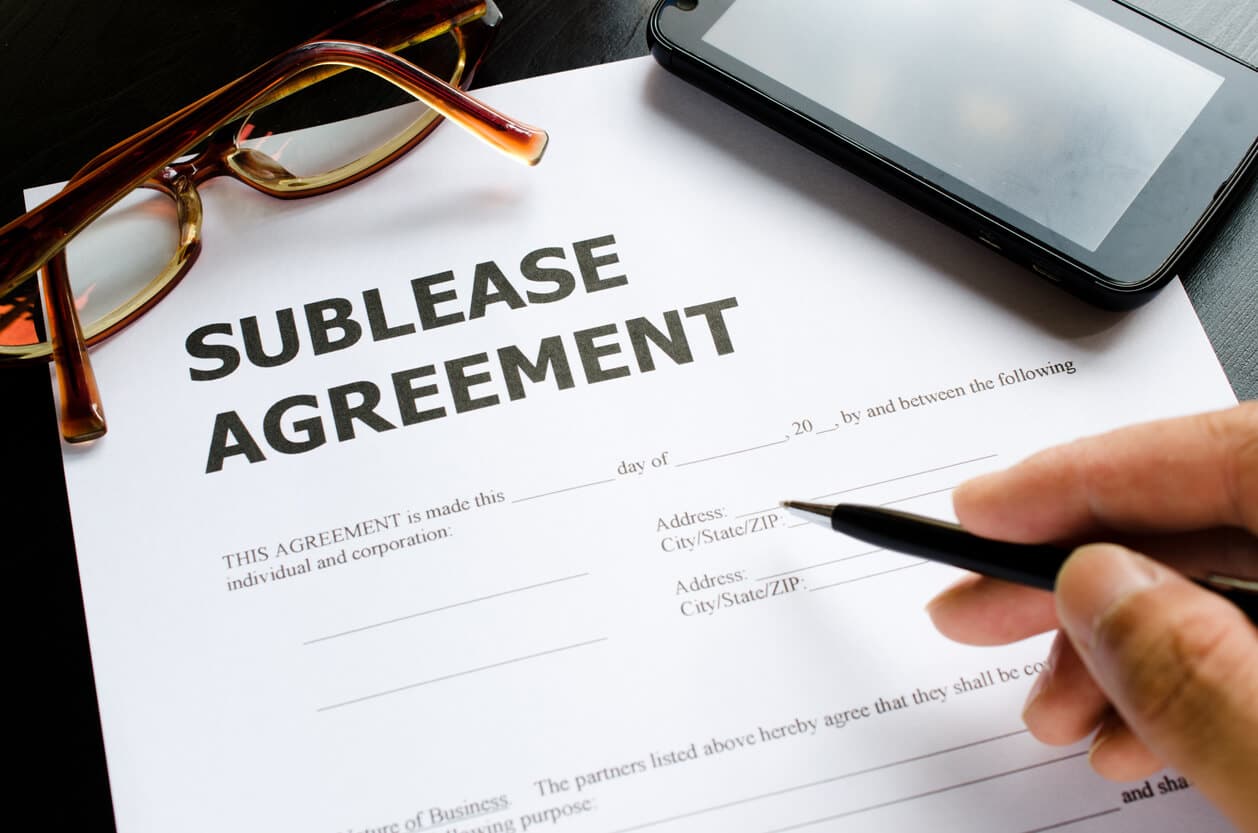




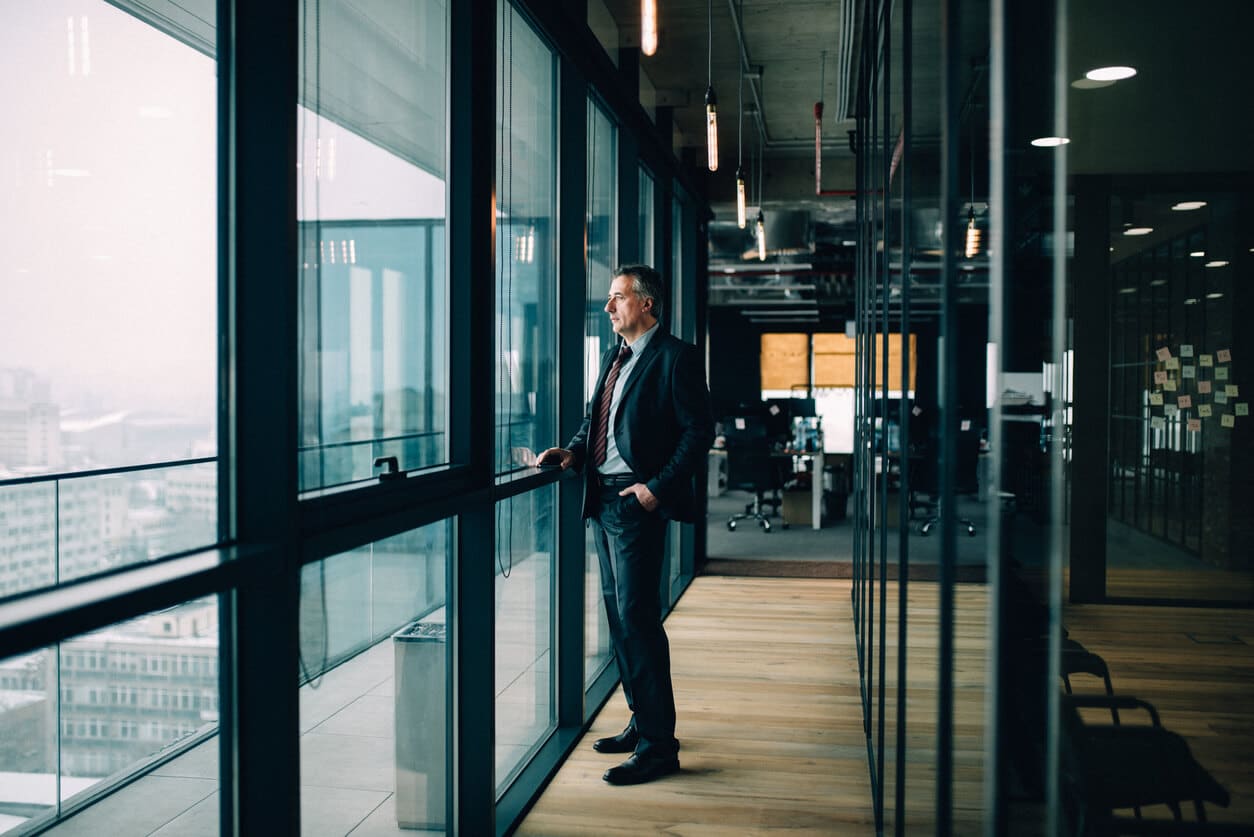
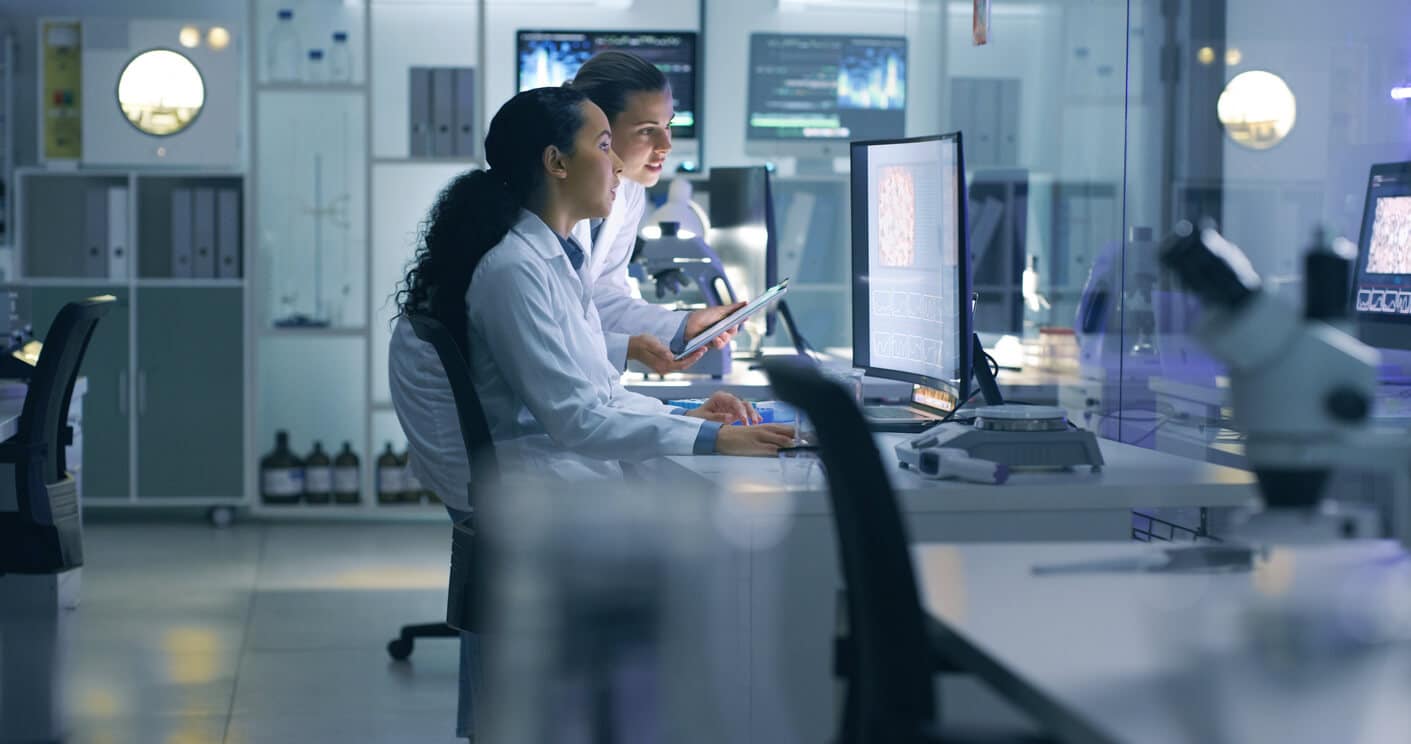
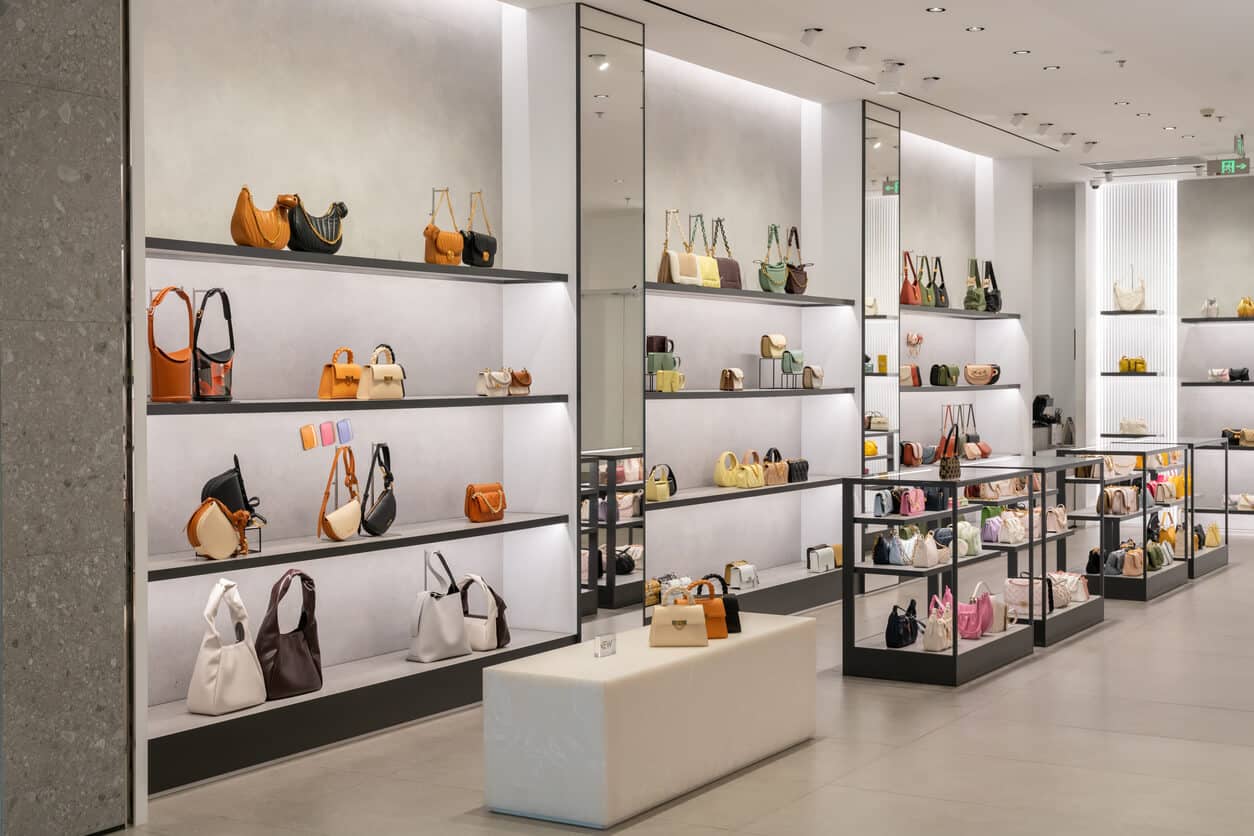

Accessibility Tools